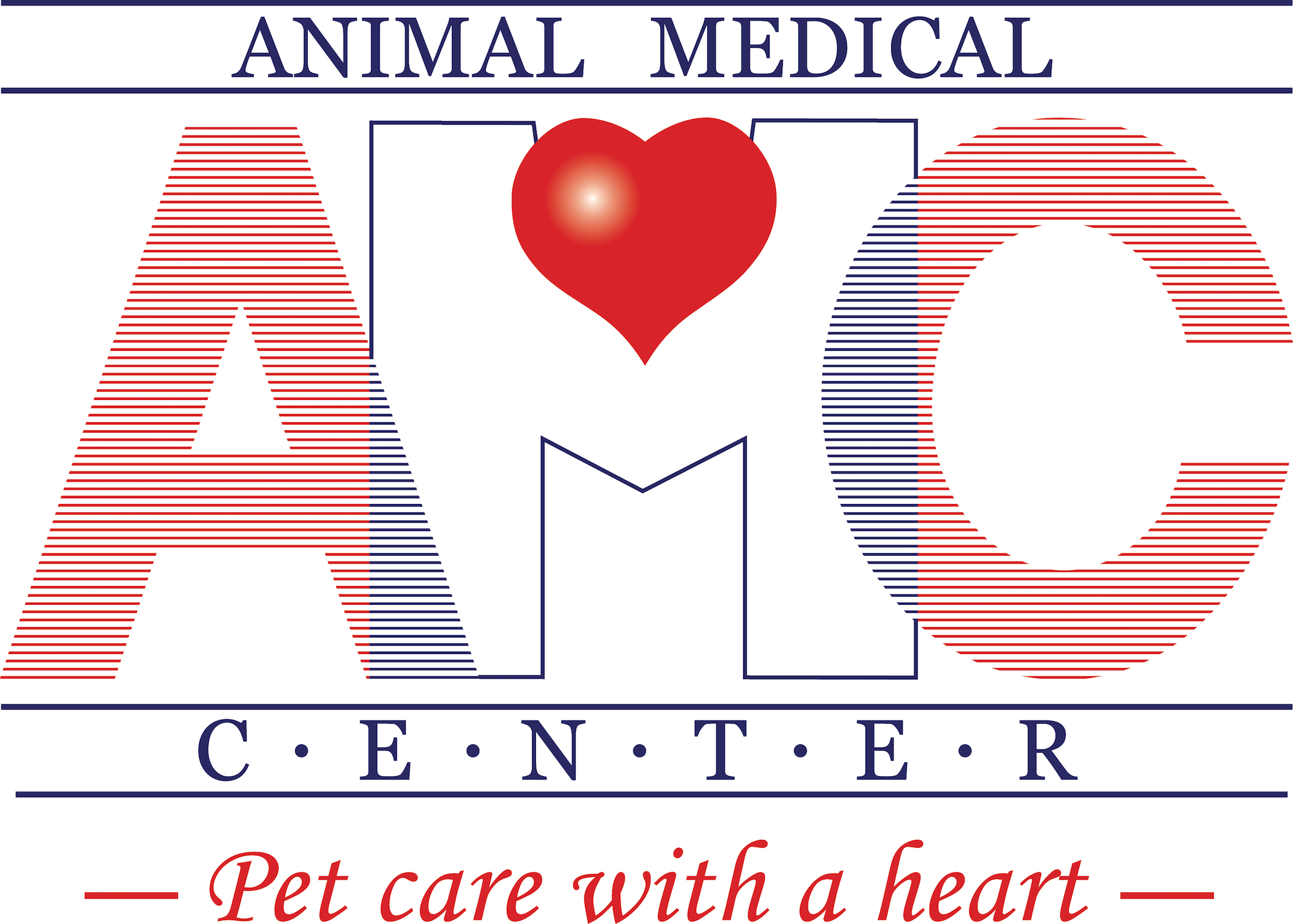Library
-
Depending on the size and breed of the dog, heats (estrus) can begin as early as four months old and can occur as frequently as every four months. Spaying a dog either through ovariohysterectomy or ovariectomy is the most effective way to prevent pregnancy. Spaying also negates false pregnancies and pyometra and reduces the risk of mammary cancer. Drugs that regulate the heat cycle are not approved for use in the US or Canada.
-
This handout summarizes breeding and queening (giving birth) in cats and the normal estrus (heat cycle). Pregnancy care and labor care are outlined, along with signs to watch for to determine if your cat is experiencing delivery complications.
-
Having a litter of puppies is an exciting event, but not without its responsibilities. At appropriate ages, puppies should be dewormed and start their vaccine series. They can start making their way to new homes by eight to ten weeks of age.
-
For the next two months, even if everything went smoothly with the birth, you have a lot of work to do! This includes keeping the whelping area clean and dry, closely monitoring the health of the mom and pups, and assisting with feeding and care of the pups as necessary. It is important to have the mother and puppies examined by your veterinarian within 48 hours of birth. The pups should be weighed regularly to make sure they are gaining weight. The mother can experience serious health problems including mastitis and eclampsia, needing emergency veterinary treatment.
-
Having a litter of puppies is an exciting event, with many responsibilities. This article outlines how to care for the mother and new puppies after birth, until the puppies are eating on their own. It discusses how and when to wean the puppies, guidelines for feeding the mother, and when to treat the puppies for parasites.
-
Most dogs do not need human or veterinary assistance during birth, but sometimes problems can arise that require veterinary attention. This article discusses problems that may occur. It is essential to closely monitor your pet during birthing and seek veterinary care if you have any concerns.
-
This handout is a basic care guide for pregnant dogs, outlining pregnancy testing as well as changes in nutritional requirements and physical activity.
-
Breeding dogs is a great responsibility that should not be done just because an owner wants puppies from their beloved dog. Important considerations are discussed. Many puppies are abandoned at dog shelters because of inappropriate breeding practices. There are usually many dogs looking for homes and an owner can find the dog they are looking for through shelters or rescue organizations.
-
This handout summarizes whelping (giving birth) in dogs. It includes instructions for preparing your pregnant dog for delivery and how to assist her if necessary. Situations requiring veterinary assistance are also described.
-
A caesarean section is a major surgery to help deliver puppies, usually performed in an emergency. After surgery, the dog may be sleepy but should be able to eat a high-quality diet and nurse puppies within a few hours. The dog should be monitored for fever, abnormal vulvar discharge, and abnormalities at the incision.

